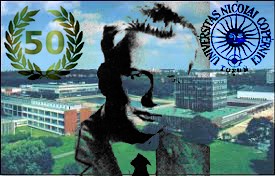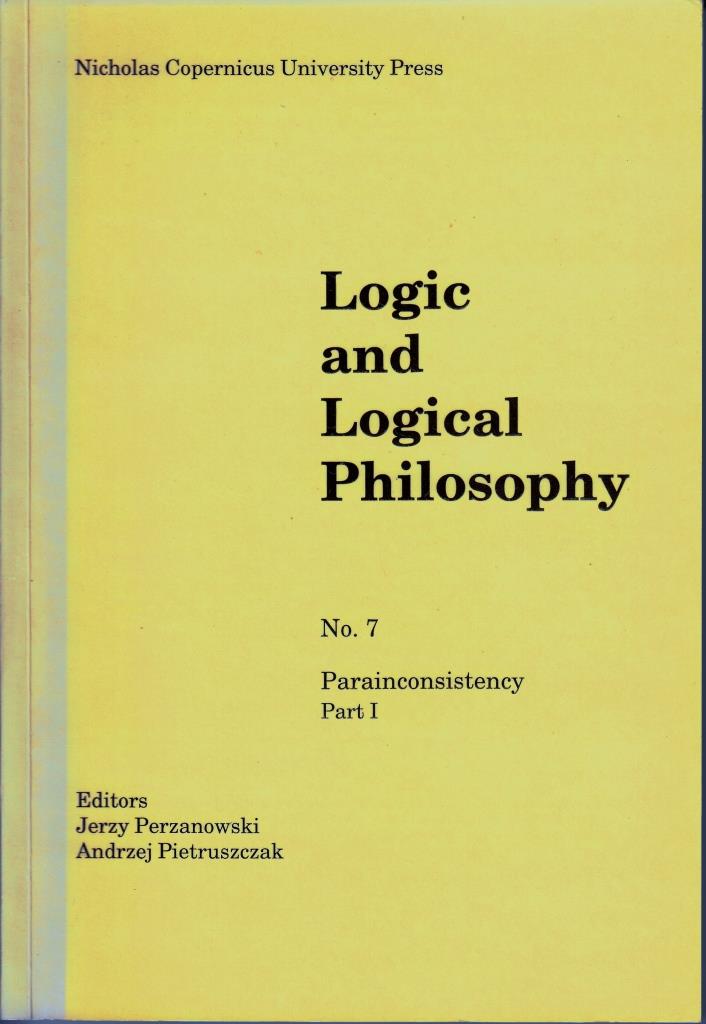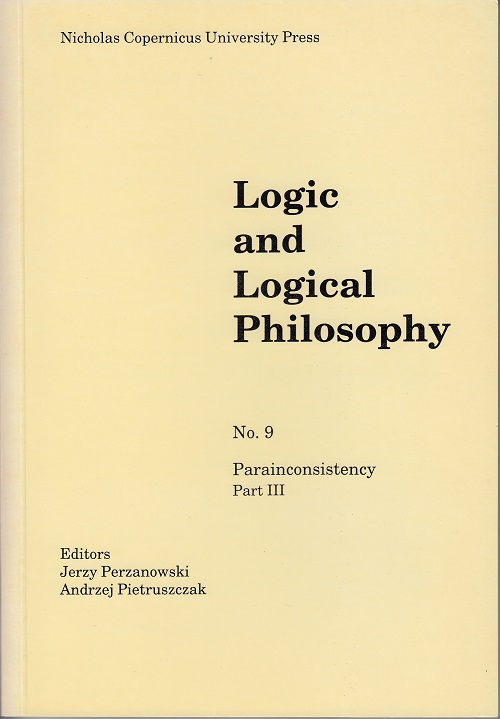
Jaśkowski's 50 Memorial Symposium, Torun 1998
3) How do you see the evolution of paraconsistent logic? What are the future challenges?
I think that paraconsistent logic is a very important tool for the formal examination of various aspects of people's statements made in "everyday life". Certainly, it can also be useful in the analysis of some philosophical issues. However, what seems to be the main challenge is the widespread use of paraconsistent logic. There are known applications of specific paraconsistent logics similar to those of fuzzy logic, but it seems that the future of the paraconsistent logic lies in even more widespread applications in decision systems, interface software, control systems (for example quality control system, machine control system), artificial intelligence, etc.
References:1. "New axiomatizations of the weakest regular modal logic defining Jaśkowski's logic D2", Bulletin of the Section of Logic, vol. 38, no. 1-2 (2009), pp. 45-50.
2. "Semantics for regular logics connected with Jaśkowski's D2", Bulletin of the Section of Logic, vol. 38, no. 3/4 (2009), pp. 173-188.
3. "A method of generating modal logics defining Jaśkowski's discussive logic D2", Studia Logica, vol. 97, no. 1 (2011), pp. 161-182 (special issue "The Legacy of Newton da Costa").
4. "On the weakest modal logics defining Jaśkowski's logic D2 and the D2-consequence", Bulletin of the Section of Logic, vol. 41, no. 3/4 (2012), pp. 215-232.
5. "On modal logics defining Jaśkowski's D2-consequence", pages 141-160 in K. Tanaka, F. Berto, E. Mares and F. Paoli (eds.), Paraconsistency: Logic and Applications, vol. 26 of series "Logic, Epistemology and the Unity of Science", Springer 2013 (2012).
6. "A method of generating modal logics defining Jaskowski's discussive D2-consequence", pages 95-123 in E. Weber, D. Wouters and J. Meheus (eds.), Logic, Reasoning, and Rationality, vol. 5 of series "Logic, Argumentation, and Reasoning", Springer 2014.
7. "Modal logics connected to Jaśkowski's logic D2", in J-Y. Béziau, A. Buchsbaum and A. Altair (eds.), Handbook of the 5th World Congress on Paraconsistency, Indian Statistical Institute, Kolkata 2014.
8. "On modal logics defining a Jaśkowski-like discussive logic", in J-Y. Béziau, A. Buchsbaum and A. Altair (eds.), Handbook of the 5th World Congress on Paraconsistency, Indian Statistical Institute, Kolkata 2014.
9. "Axiomatisations of minimal modal logics defining Jaśkowski-like discussive logics", pages 149-163 in A. Indrzejczak, J. Kaczmarek and M. Zawidzki (eds.), "Trends in Logic XIII", Wydawnictwo Uniwersytetu Lódzkiego, Lódz 2014.
10. "On modal logics defining Jaśkowski-like discussive logics", pages 213-228 in J.-Y. Beziau, M. Chakraborty and S. Dutta (eds.), New Directions in Paraconsistent Logic, vol. 152 of series "Springer Proceedings in Mathematics & Statistics", Springer Indie, 2015.
11. "Modal logics defining Jaśkowski's and Jaśkowski-like discussive logics", pages 100-104 in V.I. Markin (ed.), Desatye Smirnovskie ctenia po logike: Materialy mezdunarodnoj naucnoj konferencii, Moskva 2017.


